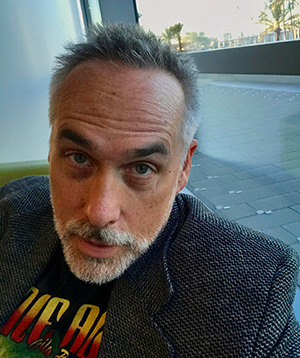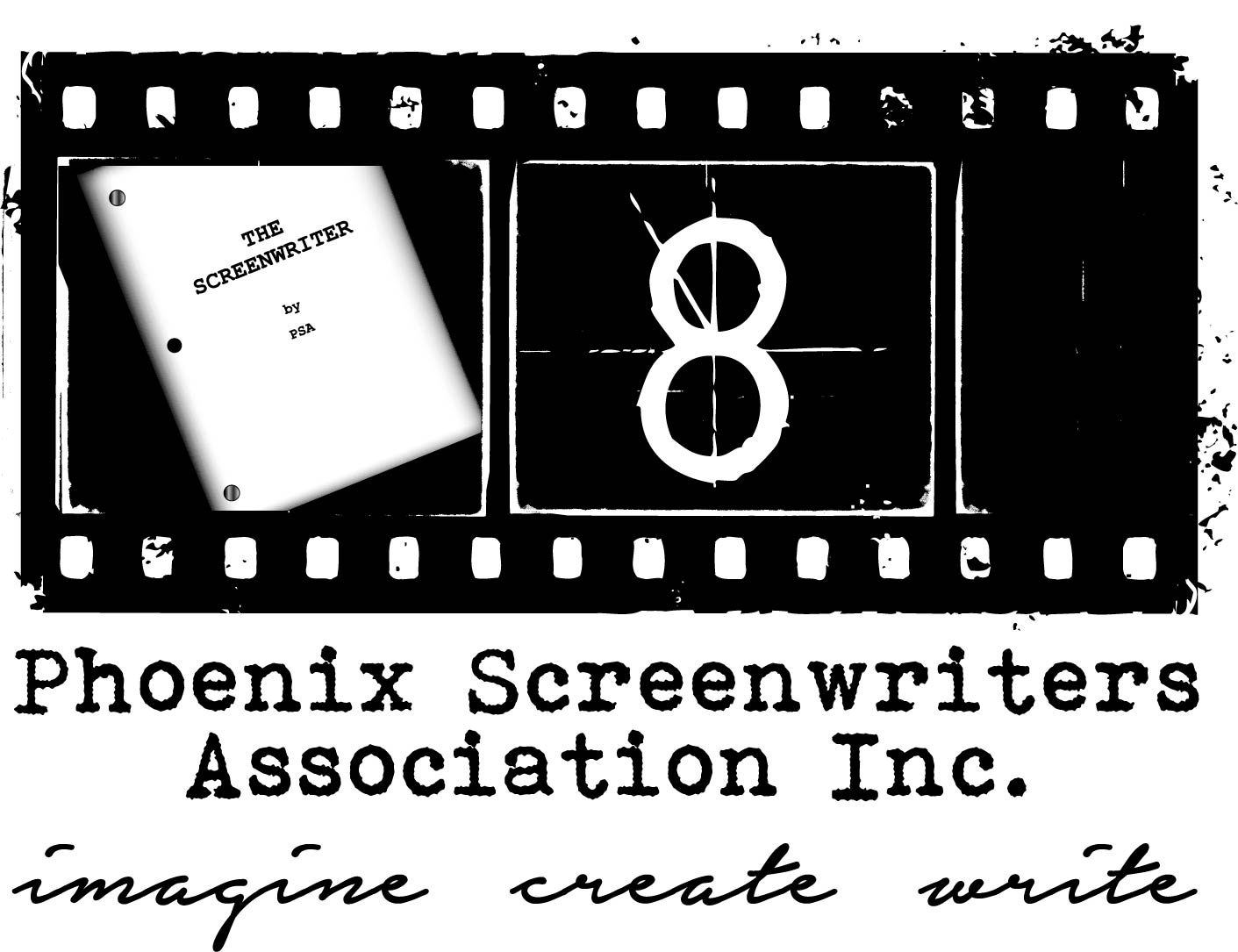 The note comes in many guises. The story didn’t resonate as deeply as I’d hoped. Or I had a difficult time engaging with the characters. Or I didn’t feel the personal stakes for the characters. Or I didn’t feel a transformation for the character or that the ending was earned.
The note comes in many guises. The story didn’t resonate as deeply as I’d hoped. Or I had a difficult time engaging with the characters. Or I didn’t feel the personal stakes for the characters. Or I didn’t feel a transformation for the character or that the ending was earned.
The buzzword we all toss around as the fix to these issues is “character development.” But what does that mean? And how to we accomplish it?
In order to get to that, we need to agree on something. That “story” is not “plot.” Plot is only half the equation. Plot is the action of the story…the external “what happens.” But there is an nternal dimension to stories that is just as (if not more) important, and it’s often overlooked by writers because they’re so focused on the cool trappings of the action and adventure of their plot. We will call this internal dimension “motivation.” The action/plot of a story is what a character does. The motivation is the why characters take the actions they do in the story.
If you read Aristotle’s Poetics (the first book on screenwriting, I often joke to my students), you remember that story is a cause and effect chain. A character’s motivation—the what they want, and by that I don’t mean something physical, but something deeply emotional, like they want acceptance or revenge or the like—determines the decisions they make, which, in turn, dictate the actions they take. To that end, we could define “story” as the interplay between motivation and action, where a character’s inner (emotional) motivations determine how they react to their physical situation (the adventure) and induce their actions (the plot).
Okay, what does that have to do with character development?
Well, for my money, a breakdown in character development stems from a lack of understanding of the character’s inner motivations. How their emotional state of being drives them.
Because stories aren’t really about the adventure; they’re about emotional transformation. That’s the real reason why the story form exists. In my writing classes, I simplify this by saying stories mimic the process people go through to learn lessons. And movies, I continue, are about one character going on one adventure to learn one important emotion-based lesson. That’s the point of movies. I could go on and on about all that, but it would probably take a whole book to discuss, so for now I’ll ask you to trust me on this.
So…character development. Too many of us start our “breaking story” process focused on our cool plot instead of asking ourselves what lesson journey or transformation we’re depicting in this story. The flaw here is that we craft “stories” (really, plots) where our characters make decisions with their brains instead of their hearts. It might make sense logically, but drama, like life, is rarely logical. It’s messy…and therein lies the beauty. Therein lies the “development.”
After the initial impulse—the “hey, wouldn’t it be cool” moment where a premise or world dawns on me—I stop and ask myself what kind of lesson journey or transformation I want to explore in this story. I make it my number one job in brainstorming and outlining to understand that before I start writing. I use the lesson/transformation as a troubleshooting device at every step of my writing process to ensure my character’s decisions and actions are driven by their emotions instead of their intellect.
For example, say I am writing an action movie about a woman who wants revenge on the man who killed her wife. I would start by asking myself what’s the woman’s transformation throughout the movie. Let’s say, in this case, she will learn forgiveness. For the first two-thirds of the movie (since this is the section of story where she will either be unaware of or reject the lesson of the movie), I will tackle each interaction the woman has by asking myself the question, “How does the woman’s inability to understand or accept or give forgiveness factor into what she wants out of this interaction?” More often than not, the answer that comes to me defies rational plot logic, but it’s surprising and dynamic and emotionally intriguing.
So in our example, say there’s a scene where the woman is interrogating an informant to get the killer’s location. The logical action would be for her to simply ask the informant questions. But the woman’s impulse (in line with the overall lesson) is to make this informant pay for their sins because they helped the killer. The woman extracts the information, but gets it through a rage-induced (and unforgiving) act of torture. She has the location, but now her sidekick is appalled and opts out of helping her anymore. The result: the woman has lost a key person her team and faces going into the lion’s den alone. Even more important, she has taken a dangerous step to becoming the same kind of person she accuses the killer of being.
Suddenly, I’ve transformed a potentially flat and non-engaging scene of exposition into a dynamic and intense (not to mention more cinematic) interaction that triggers greater emotional and physical stakes for the character, and provides a far richer experience for the audience than if I was focused on making the plot “work.” It also provides a richer palette of plot possibilities to paint from as the story develops further.
On the other side of the equation, for the last third of the movie, I start each interaction asking, “How does the woman’s finally seeing she needs to learn something about forgiveness and then finally enact it factor into what she wants out of this interaction?”
Listen, there are entire classes on character development, and writers work for years to figure out how to write rich and emotionally satisfying characters. If you accept, however, that story and plot are not synonymous, you’ll be on your way. From there, realize that stories are lesson journeys that depict an emotional transformation through action, in which your character’s decisions are motivated by their internal struggles along the way (instead of intellect and logic), and you will begin to imbue your scenes with stakes that feel engaging and emotionally resonant. And you will have taken the first step to greater character development in your storytelling.
Bill True’s debut feature, Runaway, was hailed by critics as “Brilliant” and “Hitchcockian” as it premiered to universal accolades at Tribeca and Toronto. Bill also took the top prize at the Austin Film Festival for his work on Runaway, which was subsequently released by eOne Films. He has since developed feature and television projects with The Film Collective, NBA Entertainment, Warner Horizon Television, Veritas Entertainment, More/Medavoy Productions, eOne Television, and more He is currently in development at Echo Lake Entertainment on his original drama series, Way Beyond. He also scripted the upcoming family feature, Fort Rules, targeted to shoot Summer 2021.
In addition to his work in Hollywood, Bill is Faculty-in-Residence for Screenwriting and Department Chair at the esteemed Scottsdale School of Film+Theatre.

Hey Bill
Loved the article. Too often we concentrate on the plot and work to fit the character action in the plot rather than the other way around. All story is character. It’s the hardest rule to remember.